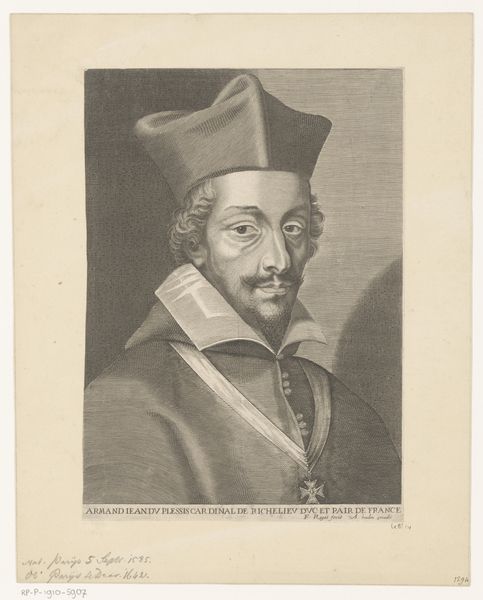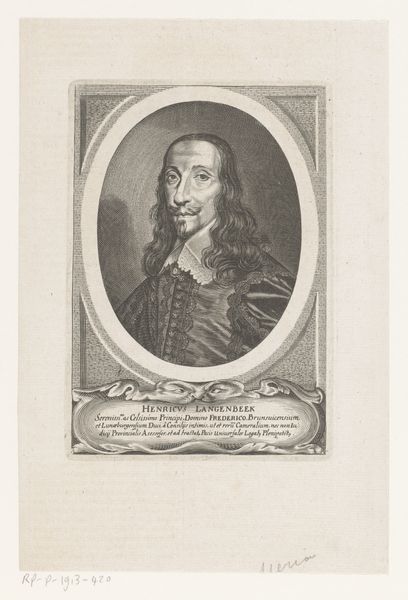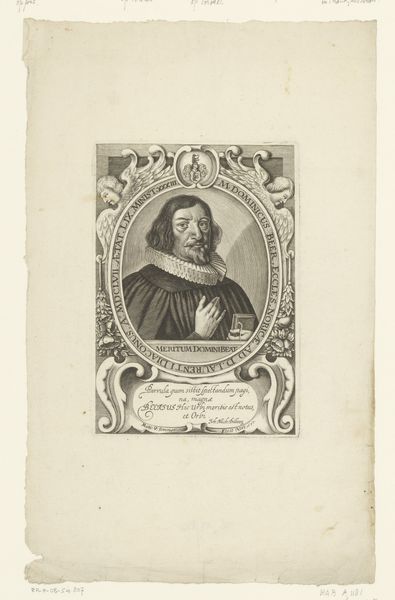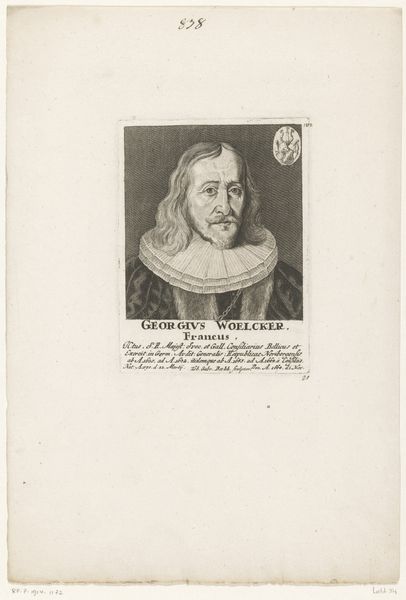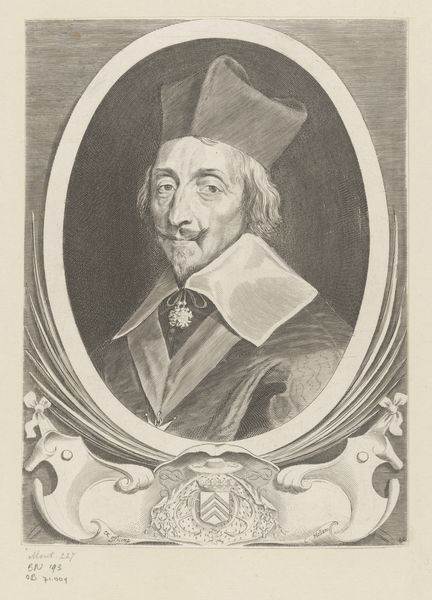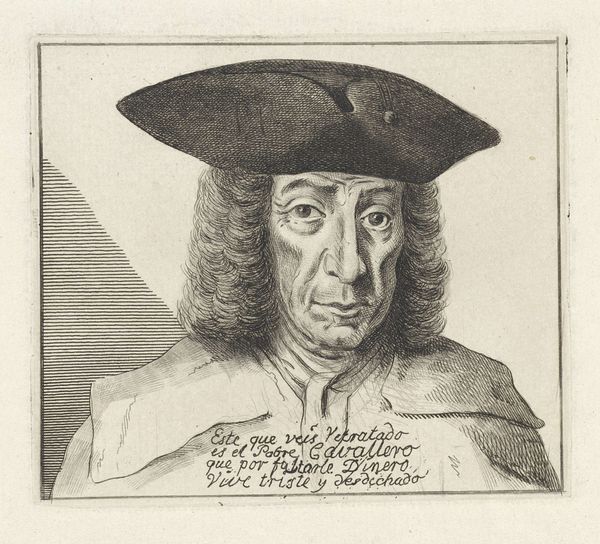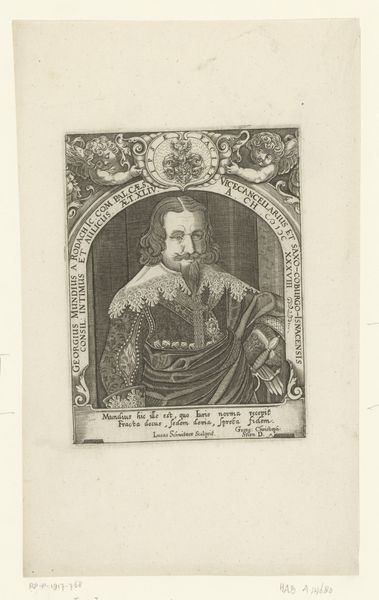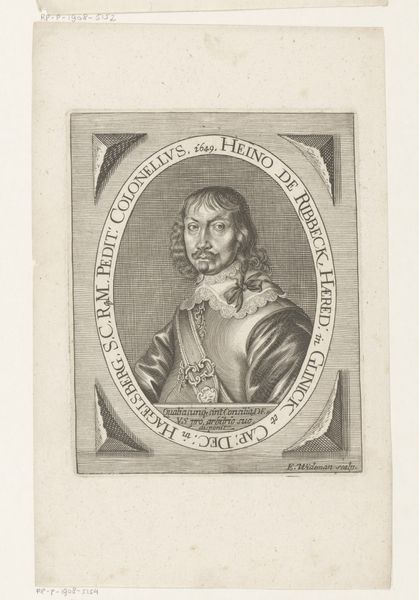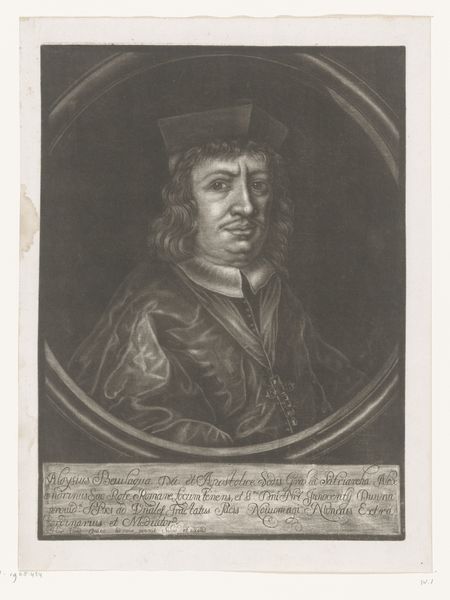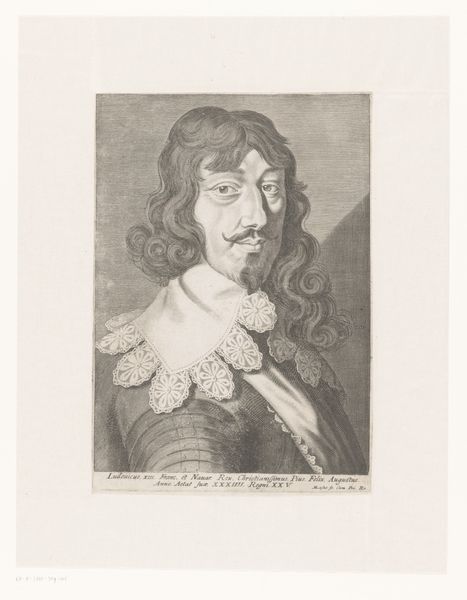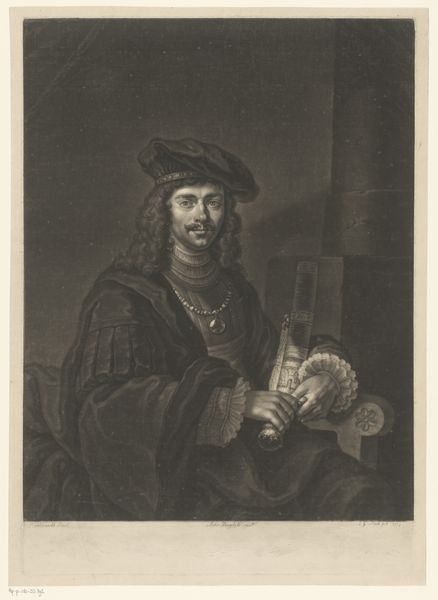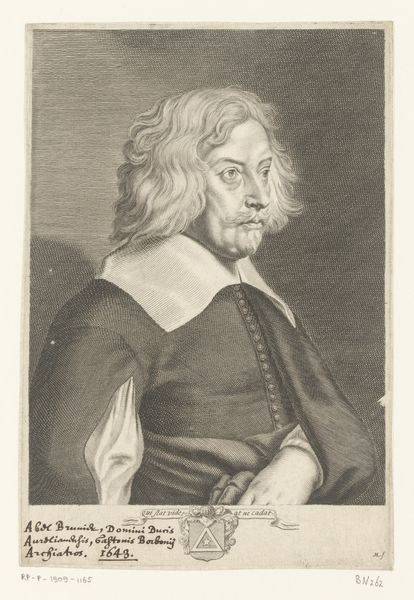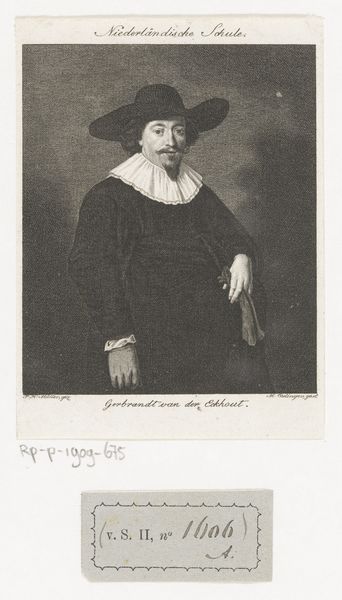
engraving
#
portrait
#
baroque
#
line
#
portrait drawing
#
academic-art
#
engraving
#
realism
Dimensions: height 297 mm, width 255 mm
Copyright: Rijks Museum: Open Domain
Editor: Here we have Michel Lasne's engraving, "Portret van Armand-Jean du Plessis hertog van Richelieu," dating roughly from 1600 to 1667. The fine lines used to render Richelieu give it a real sense of seriousness. What can you tell me about the social context of this kind of formal portraiture? Curator: It’s a fascinating glimpse into the construction of power through visual imagery. Richelieu, as a hugely influential figure, was very aware of his image. Engravings like these weren't just about likeness; they served to disseminate his authority, acting almost as a form of propaganda. Editor: Propaganda? How so? Curator: Think about who would have commissioned and distributed such a print. The patronage networks, the printmaking workshops, even the placement of his coat of arms – all contribute to solidifying his lineage and status. The Baroque style, too, adds to the grandeur and authority. Editor: I see. So it’s not simply a representation of a person, but of the institution he represents. Does the location, the Rijksmuseum, influence our viewing of this today? Curator: Absolutely. Museums themselves are institutions that shape how we understand and value art. By placing this engraving within its collection, the Rijksmuseum affirms its artistic merit but also acknowledges Richelieu's role in European history, prompting viewers to consider his lasting impact and how that era continues to speak to us today. It’s quite interesting isn’t it, to see this power frozen in print. Editor: It is! I hadn't considered the institutional framing so explicitly before. Thanks for that insight. Curator: My pleasure. Hopefully you can bring this to the lecture hall, too!
Comments
No comments
Be the first to comment and join the conversation on the ultimate creative platform.
